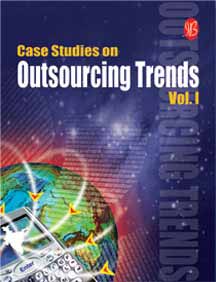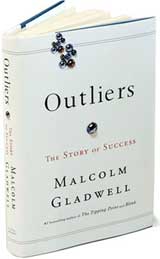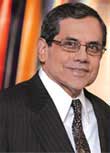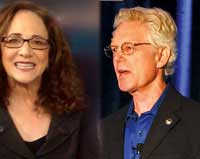Case Catalyst Archives

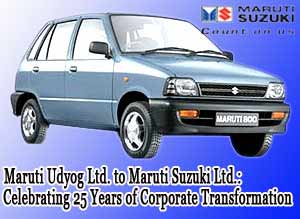
Can proven strategies of the evolutionary period be adopted for the revolutionary phase as well? This case study highlights Maruti’s 25 years of corporate transformation – from a state-owned company and monopoly into a private limited company amid intense competition and recessionary woes. It outlines Maruti’s competitive strategies during three different phases of the 25-year period – 1981–1991, 1992–1999 and 2000–2008. Towards the end, the case study justifies that a government-owned and controlled company can be transformed into a highly competitive private enterprise – given the right leadership, timely strategy and attitude. |
 In April 2009, IBSCDC conducted video interviews with Mir Ranjan Negi, former Indian Hockey
coach, and Jayaprakash Narayan, national coordinator of Lok Satta party, a former Indian public administrator, social reformer and columnist.
In April 2009, IBSCDC conducted video interviews with Mir Ranjan Negi, former Indian Hockey
coach, and Jayaprakash Narayan, national coordinator of Lok Satta party, a former Indian public administrator, social reformer and columnist.
Mr. Negi, the inspiration behind Bollywood film, Chak De! India, speaks about his childhood and educational background, how he was blamed for India’s 7–1 defeat against Pakistan in the 1982 Asian Games, how he was blamed and branded as a traitor, his return after 16 years as a goalkeeping coach, winning Gold in 1998 Asian Games and 2002 Commonwealth Games, his technical direction of Aditya Chopra’s movie, Chak De! India and how the movie had changed his life.
In this video interview, Mr. Jayaprakash Narayan briefs about the similarity and dissimilarity between commercial organisations and political organisations; governance in politics, the current economic crisis and the role of government in providing help to the business. He also talks about his political party, Lok Satta and the reforms that were undertaken. |
||||
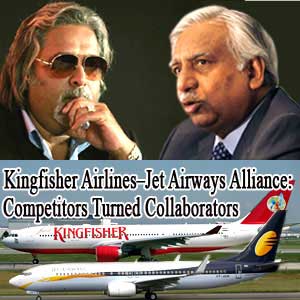
In the backdrop of Indian Civil Aviation, this case study explores the ongoing troubles in the airline industry, success of LCCs that redefined the pricing structure in the industry, declining demand and above all the impact of rising fuel prices. It underlines how airlines in India resorted to various solutions to deal with rising costs and falling revenues – fare hikes, consolidation, government bail out, etc. As these measures failed to provide proven results, established players like Kingfisher Airlines and Jet Airways formed a strategic alliance. This case study attempts to analyse the possible synergies and outcome of the alliance between two major competitive airlines and the factors that triggered the move. Can these two major players derive synergies out of the alliance, given their different types of aircrafts and a large-scale route overlap? What is the feasibility of collaboration between the two major competitors? | |||||
 Set in the toy industry’s changing landscape, this case study examines the evolution and growth of Fisher-Price. It explores the global toy giant’s expansion moves – international expansion, broadening the product lines and adopting several localised culture themes – to counter declining sales in the domestic market (US), fend off competition from MGA, Hasbro, LeapFrog, Jakks and video game players. However, can such moves help Fisher-Price retain its market leadership? Will its expansion moves pay off? | |||||
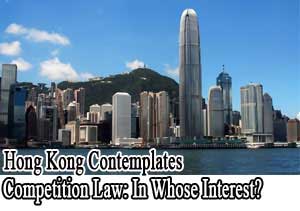
Would it be economically and strategically prudent to introduce a competition law in an already highly competitive and investor-friendly nation? What would be the ramifications if such a law is introduced? This case study helps in analysing the need for a competition law for Hong Kong, which was ranked 11th in the Global Competitiveness Index (2008–2009), while providing scope to debate on the ideal number of competitors (in an industry) in an economy; in this case – conglomerates. It also serves as a platform for debate over the efficacy of the anticipated law in controlling the ‘acquired’ monopolies. Can the government tame the monopolists? Highlighting the growing dominance of the monopolies in Hong Kong, who were smart enough to circumvent the existing laws and government’s contemplation on introducing a competition law, the case study questions – Does a competition law serve the purpose in a miniature economy that is too cluttered for new companies and further investments? |

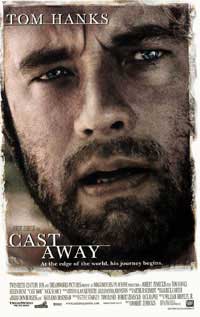 Starred by Tom Hanks, the movie Cast Away portrays a time-obsessed FedEx employee’s journey back to civilization as he finds himself stranded in an uncharted island after a plane crash. It is the story of a one-man struggle for survival on an isolated island for 5 years, a strong message of fear, survival and hope. Watch the movie, Cast Away, that has well-captured a man’s ordeal in life making him rethink the inner meaning of his life, the pursuit of love, hope and courage that kept him going for 5 years. |
||||

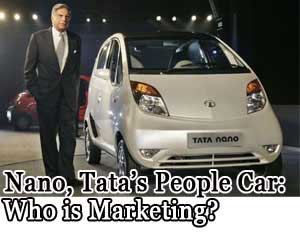
Can a revolutionary product obliterate the need for marketing? Never before in the history, had a small car created such a huge buzz after Ford’s famous Model ‘T’ in the automobile industry. Ratan Tata’s announcement about launching a new ‘People’s Car’ in the 2003 Geneva Auto Show mystified industry experts, competitors and the public as well about the possibility of blending a combination of factors – price, power, quality and performance. Having got unpaid coverage and publicity, perhaps it is the first time in the history that an automobile pre-launch enjoyed such a bare minimum promotional expenditure of not more than INR100 crore. This case study ponders on various issues – who and what is behind the buzz marketing of Tata Nano? Can any other similar product without such corporate brand credentials create the same buzz as is created by Nano? Is the Nano effect going to redefine that Product and Pricing are the key elements in marketing management rather than Place and Promotion? | |||||
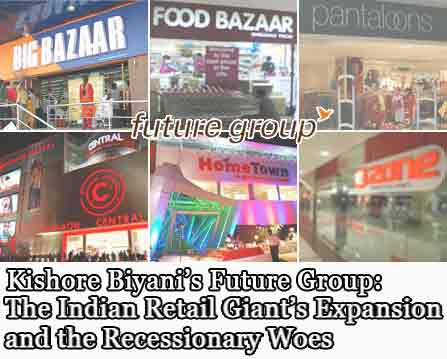
This case study highlights Kishore Biyani’s (often called ‘King of Indian Retailing), ambitious objective of creating a strong sectoral play to capture the transition from savings-led economy to consumption-led economy and elaborates on how the group expanded aggressively opening 48 Pantaloon mid-market apparel stores, 110 Big Bazaars hypermarkets and 148 Food Bazaar supermarkets, besides 160 KB’s Fair Price Shops (the neighbourhood stores. It explores the impact of economic recession on the group’s store expansions, the difficulty in managing finances amid credit freeze in capital markets and falling sales in retail markets and huge debt burden. As the group resorts to restructuring to avail fresh round of funding, how far will it help the retailer stay afloat in the current economic crisis until consumers restart to spend? | |||||
|
|||||





